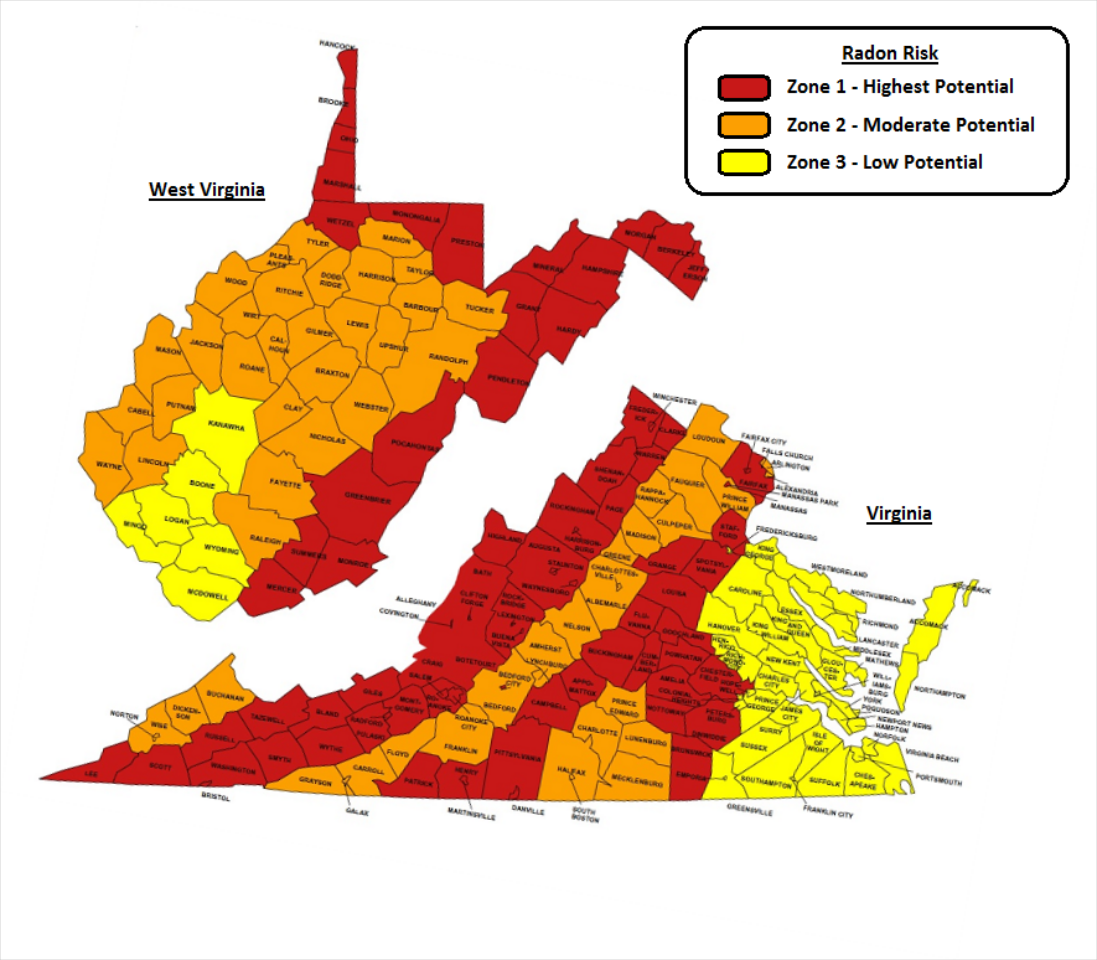Radon Testing

Radon is an odorless, tasteless, invisible gas that may be present in your home and putting you at risk without you knowing.
When you breathe air containing radon over a prolonged period of time, you are at higher risk of developing lung cancer. In fact, radon is the second leading cause of lung cancer in the United States. If you are a smoker and live in a home with high radon levels, your risk of developing lung cancer is even higher.
Because radon is a carcinogen, the only truly safe level of radon exposure is zero. However, the U.S. Environmental Protection Agency (EPA) has established a recommended or acceptable maximum exposure level of 4 picocuries per liter of interior air (4 pCi/L). This radon level is also sometimes referred to as the “action” or “actionable” level of radon exposure. In other words, if a radon test shows an exposure level above 4 pCi/L, the EPA recommends that a radon mitigation system be installed to bring radon exposure level below the 4 pCi/L threshold. The World Health Organization has a lower “actionable” radon level of 2.7 pCi/L.
Radon testing is the only way to know whether your home has high levels of radon. Risks from radon are cumulative, which means serious effects from exposure to high levels over a long period of time.
